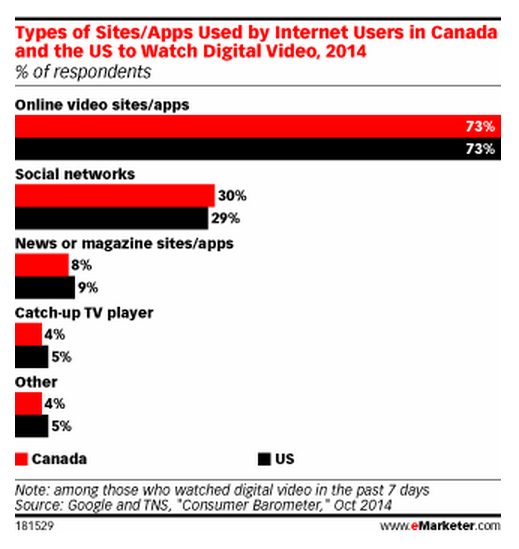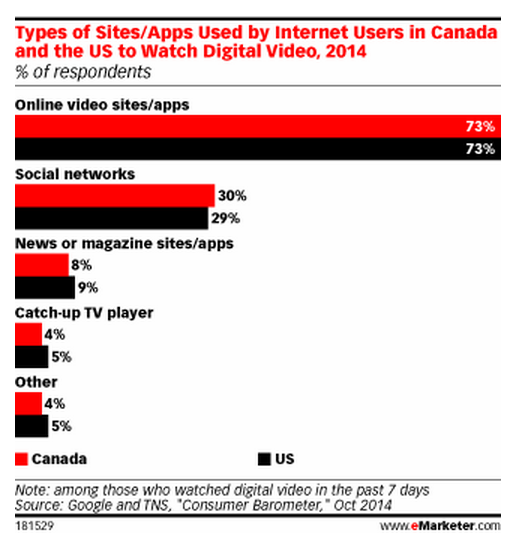It’s no secret we’re all watching more online video, and it’s not surprising that we typically get our fix for cute cat footage from social media. Basically, the link between video and social has been well explored, given social media platforms like Facebook and Twitter are often perfect vehicles for sharing and reposting videos we like.
However, 2015 could be the year that social media channels really take advantage of all of the video content they display on their platforms – and part of the reason is because of how much airplay they can give that content.
This week, Facebook released its numbers for video consumption among its users. During 2014, the number of video posts per person went up by 75 per cent worldwide. Nor was it just individuals who were sharing videos – the sheer amount of video content housed on Facebook, thanks to brands and actual individuals alike, increased by 3.6 times year-over-year.
Those kinds of numbers just show how much leverage social platforms have when it comes to getting video content out there, and advertisers aren’t blind to that. In fact, nearly 20 per cent of spending on video advertising in the U.S. is currently going to Facebook. That means Facebook could be giving YouTube a run for its money, even if Google properties (including the Google-owned YouTube) still top the list for video content, according to eMarketer.

Aside from Facebook, other social media platforms are eyeing video advertising with plans to monetize the video content they’re displaying to their users. For example, Twitter is currently testing out Promoted Videos, and Tumblr, Snapchat, and Instagram are all working on their own methods of video advertising.

So what’s different about using social to display video, instead of just keeping content on YouTube and being happy with that? The thing is, social media channels are typically a more accessible place for users to comment on what they’ve watched, noted eMarketer in this post.
“Social properties provide a different viewing experience than YouTube or a TV network’s streaming player. A key differentiating element is the ease with which users can share and comment,” the firm said, adding a good example of the power of social media for video content was the ALS Ice Bucket Challenge. Users might not post videos of dumping ice water on themselves on YouTube, seeing as it’s a much more public forum, but they might feel more comfortable sharing those videos with their Facebook friends.
